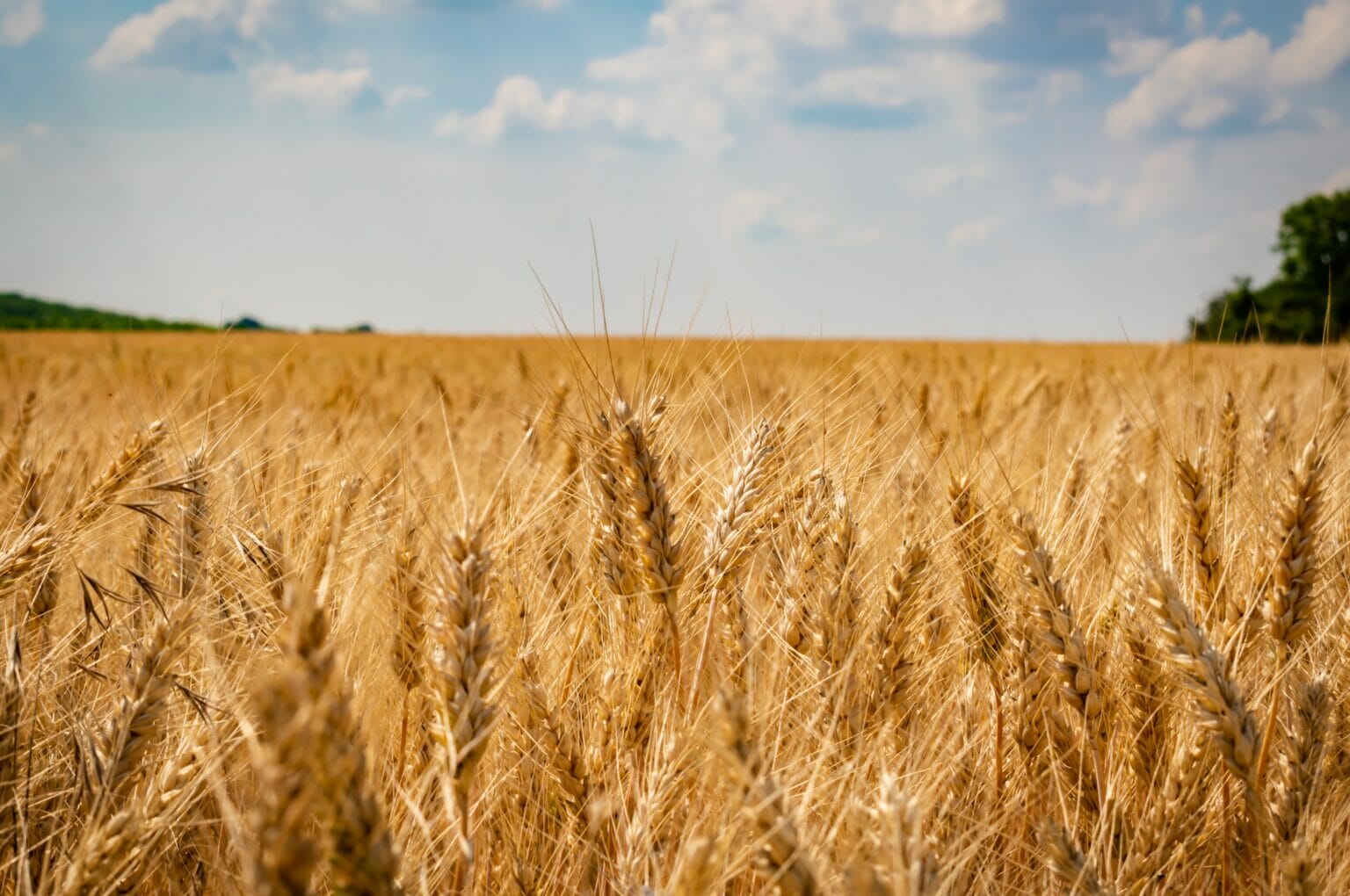For more than 50 years, American farmers had the most maize on the world market.
Bloomberg said last week that Brazil has overtaken the U.S. as the world’s largest producer of maize. The South American country will be responsible for about 32% of the world’s staple crop exports in the 2023 agricultural year.
According to statistics from the U.S. Department of Agriculture that was used by the media, the U.S. will only export 23% of the world’s maize in the agricultural year that ended on August 31; this is much less than the new top exporter.
Brazil is expected to keep the top spot in the harvest year 2024, which starts on September 1. Only once in recent years, in 2013, because of a terrible drought, did the U.S. fall out of first place. Before that, the United States maize farmers were in second place for two years straight in the early 1960s, when John F. Kennedy was president.
American farmers have lost their top spot in shipping soybeans and wheat in the last ten years. Brazil was able to sell more soybeans than any other country in 2013. The following year, the European Union and Russia started making it harder for the US to be the world leader in wheat.

A strong U.S. dollar, rising labour and logistics costs in the U.S., a lack of open farmland, the harmful effects of a long-running trade war with China, and a strong U.S. dollar are the reasons for the change.
The U.S. still sends nearly one-third of the world’s soybeans, but it is only the fifth-largest wheat exporter, with only a tenth of the world’s total.
The U.S. government has been pushing for ethanol from maize grown in the U.S. About 40% of the corn grown in the U.S. goes to local mills that use ethanol as a car fuel. Grain mills can store surpluses for years while they wait for better prices.
In the meantime, Brazil, which has a warmer environment and a weak currency, has been improving its ports and infrastructure, closing gaps in logistics that were there before. Also, maize farmers in the South American country have an edge over U.S. farmers because they can harvest twice a year.
